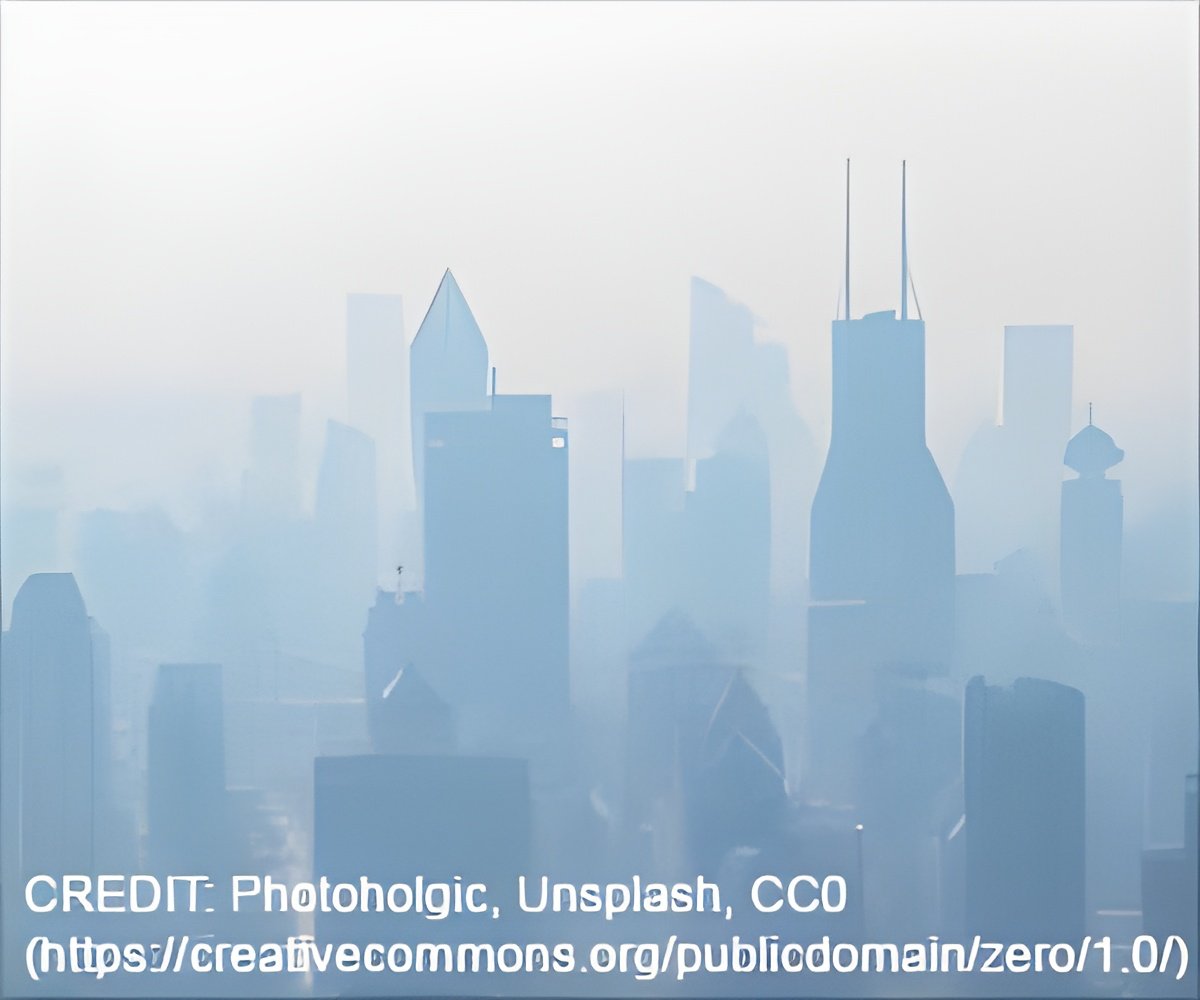Detection of four drug substances in downtown Auckland air, highlighting the potential for airborne drug analysis to complement existing wastewater data.

Air Monitoring for Illegal Drugs: An Alternative for Wastewater Analysis
One of the key limitations of wastewater analysis is that it is restricted to areas of drug excretion. Wastewater drug analysis can also be affected by heavy rainfalls and drug stability in the wastewater sewer system.‘Nicotine, caffeine, methamphetamine, and tetrahydrocannabinol (THC) were present in the suspended particulate matter of New Zealand's largest city (Auckland), representing the first study of airborne drug concentrations in Oceania.’





Air sampling is an alternate method for estimating community-level drug use, which could potentially be used to identify areas of use, manufacturing, or handling. Drugs that are commonly smoked by users, such as methamphetamine and cannabis, can result in airborne emission that can create primary aerosol or gases that condense onto existing ambient particles.As drugs are often found at small concentrations in urban air, large sample volumes and highly sensitive techniques, such as LC-MS, are typically employed in airborne drug investigations.
To better understand the concentrations of drugs in Aotearoa New Zealand's largest city, this method was developed for the off-line analysis of caffeine, nicotine, methamphetamine, and tetrahydrocannabinol (THC) within total suspended particulate matter.
Drugs of Abuse in Airborne Particulates in Urban Environments
The largest concentration of meth detected was 104 picograms (a picogram is one-trillionth of a gram) per cubic meter of air. The average for 10 samples over five weeks was 24.8 picograms per cubic meter.Assuming an active dose of 5 milligrams and 16 cubic meters of air inhaled per person each day, it would take an individual over 8,000 years to inhale an active dose.
Methamphetamine concentrations were higher than in overseas cities such as Barcelona. Airborne drug concentrations spiked in the week leading up to the Christmas holidays and also over New Year’s Eve.
Advertisement
The results aren’t as concerning as a headline might make them sound. However, they highlight that we don’t know as much as we should about what’s in the air that we breathe.
Advertisement
Source-Eurekalert










